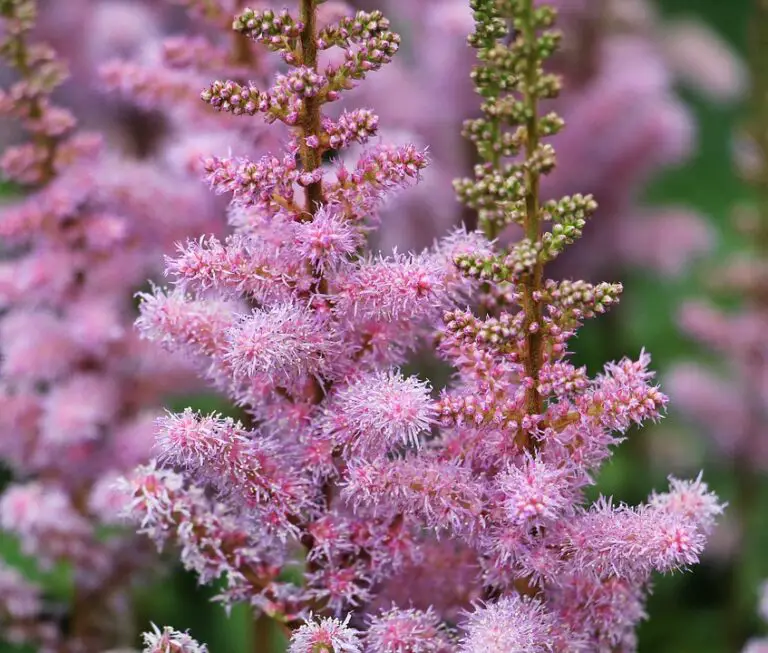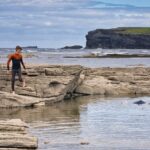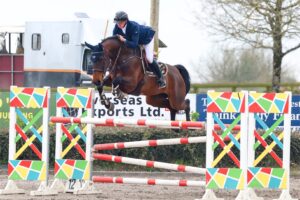Dr. Frances Giaquinto in County Clare is an ecologist who specialises in invasive species and the negative effects they may have on the surrounding natural environment. Frances ‘ main interest lies in habitat restoration and the interaction between organisms and the environment which create healthy functioning ecosystems.
By definition, an invasive species is a plant, animal, insect or microorganism that has generally (but not always) arrived from another country, the climate and land management practices suit it well and allow it to colonise rapidly. Invasive species lead to loss of biodiversity, reduced water quality, soil erosion and can ultimately make land unusable.
Invasive plant species spread in two main ways. The first is through the production of rhizomes, which are underground stems creating power houses for plant growth. Japanese knotweed, himalayan knotweed and winter heliotrope all grow by rhizomes which make them particularly difficult to eradicate.
The second way that invasive species spread within the environment is by seed dispersal. Giant Hogweed is a good example.
Cutting the flowering heads of seed producing invasive plant species is the most important thing to do, Frances asserts. Pioneering a giant hogweed eradication programme in Limerick is just one of Frances’ many ventures in the battle to control alien plant invaders and restore natural habitats.
“Giant hogweed is a nasty plant with a toxic sap. It produces an uncomfortable burn too. This project with Limerick City and County Council is taking place on a tributary of the Shannon. Our control methods are manual, we are not using herbicide. This way the riparian margin along the river restores itself far more quickly after removal of giant hogweed than if herbicide was used. The conventional way of removing giant hogweed is by foliar spraying with herbicide several times a year, but this has a negative effect on biodiversity and can reduce water quality”.
Some of the most serious invasive species such as giant hogweed and Japanese knotweed are controlled by EU legislation and this can make their eradication complex and expensive. However, the legislation is in place to make sure these serious invasives are not dispersed.
Other species have no legal requirements relating to their control, and this is leading to very rapid dispersal. Winter heliotrope is one of the worst in County Clare, it is spreading along road verges at many kilometres a year. Buddleja is loved by butterflies and frequently planted as a pollinator plant. But it produces huge numbers of seeds each year and can quickly colonise an area. Once established it is challenging to remove.
Frances points to The National Biodiversity Data Centre as the most valuable resource in identifying invasive species and puts a stern word to the future on the battle against invasive alien species in Ireland, “Every country in Europe has a massive problem with invasive species. It’s a growing problem and what we must do, is we must get control into the importation of non-native plants into the country, whether they are garden ornamentals or trees for planting. We have to have much tighter control on what is brought into the country, what can be sold, with much stricter legislation” governing plant hygiene and biosecurity. This is the only way we can prevent more invasive species arriving, many of which cause disease.


















